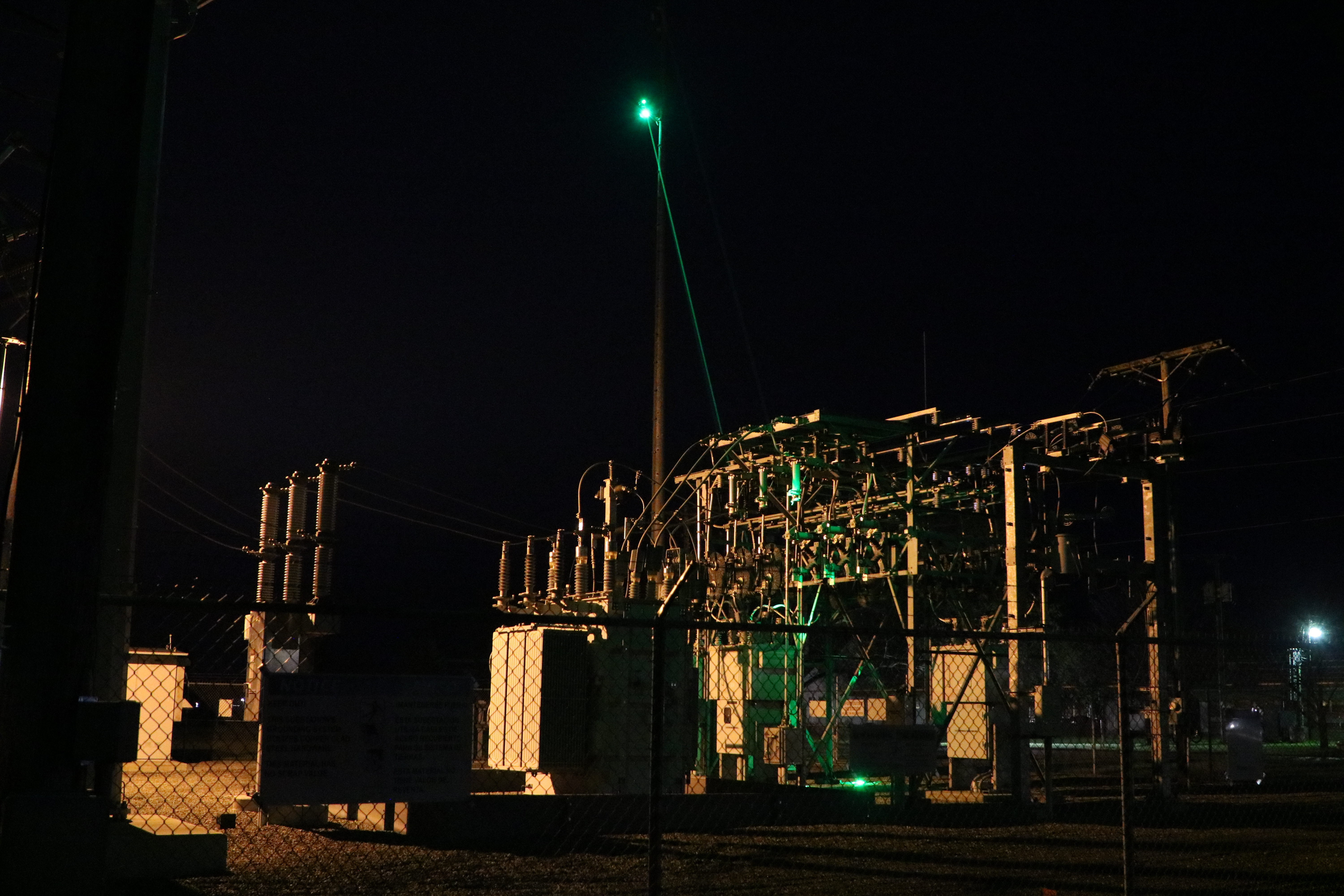Overview
Objective
Transmission and distribution (T&D) structures, such as towers, poles, wires, and substations and their associated rights-of-way (ROWs) can frequently become prime sites for nesting, roosting, and foraging for a wide variety of birds and other animal species.
Wildlife activities may become a nuisance or threaten the reliability of electrical equipment. These activities can also increase the risk of bird collision with powerlines and wildlife electrocution inside substations. These incidents can disrupt service, damage assets, and adversely impact bird and other wildlife populations. Adverse effects on certain bird species, such as electrocutions of eagles and other protected migratory birds, might result in fines and other penalties.
Proactive planning can improve reliability and simultaneously reduce adverse impacts on avian and other wildlife populations. The objective of this project is to develop information and tools to:
- Improve the industry’s understanding of avian and other wildlife interactions with T&D assets
- Mitigate the impact of avian and other wildlife interactions with utility infrastructure
- Reduce outages and improve reliability
- Minimize potential liability
Approach

Wildlife Management for Substations:
This task focuses on scouting, testing, and evaluating wildlife deterrents for substations. The performance of deterrents is assessed using reliability data, field demonstrations, and field monitoring, while considering the biological aspects of the species causing the issues.

Wildlife Management for T&D Lines:
This task focuses on scouting, testing, and evaluating wildlife deterrents for T&D lines. The performance of deterrents is assessed using reliability data, field demonstrations, field monitoring, and compiling leading practices from utilities.
Research value
- Reduces impacts on avian and animal populations
- Reduces electrical outages and hence improve power system reliability
- Determines location and causes of bird and animal interactions with T&D assets, enabling cost-effective mitigation
- Evaluates the efficacy and cost-effectiveness of mitigation technologies
- Provides data that could help reduce liability, fines, and penalties under several applicable federal and state laws
Research plans
Current long-term projects
Flight Diverters: Assessing Effectiveness
In general, flight diverters reduce collision risk with power lines; however, the magnitude of that reduction is still unclear. Further, collision rates have not been evaluated for newer flight diverter models available. This study intends to (i) compile industry experience on flight diverter effectiveness, and (ii) conduct a before-after-control-impact (BACI) field study to quantify the effectiveness of selected flight diverters
Project span: 2025-2026
Testing Methyl Anthranilate Application in Substations to Address Roosting Bird Concerns
Roosting birds at substations can cause outages and create hazardous conditions, and solutions for their removal can be costly or effective only in the short-term. This project aims to gain knowledge of the use of methyl anthranilate (MA) as a deterrent by (i) reviewing available information on MA application, (ii) quantifying tracking, flashover, and residue buildup on insulators following MA application in a controlled environment at EPRI’s Charlotte laboratory, and (iii) conduct field trials at host substations to compare bird abundance, behavior, and nesting before and after MA application
Project span: 2025-2026
2025 Projects
Flight Diverters: Assessing Durability
There is no standardization for testing the flight diverters available on the market today, leaving uncertainty about how products compare in durability. This project proposes to (i) compile information on commonly used flight diverters from manufacturers to identify gaps in product testing and (ii) test durability of diverters in diverse environmental conditions with accelerated aging experiments at EPRI’s laboratories
Wildlife Mitigation Product Database
This project moves the compilation of wildlife mitigation products from a technical report format to an online, searchable database hosted on the P51 subscriber website.